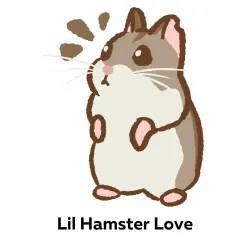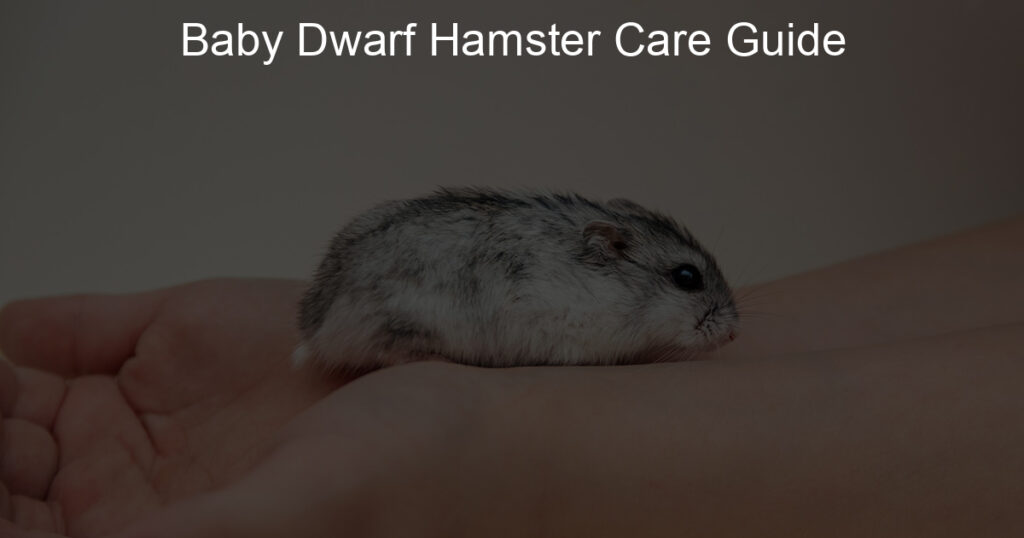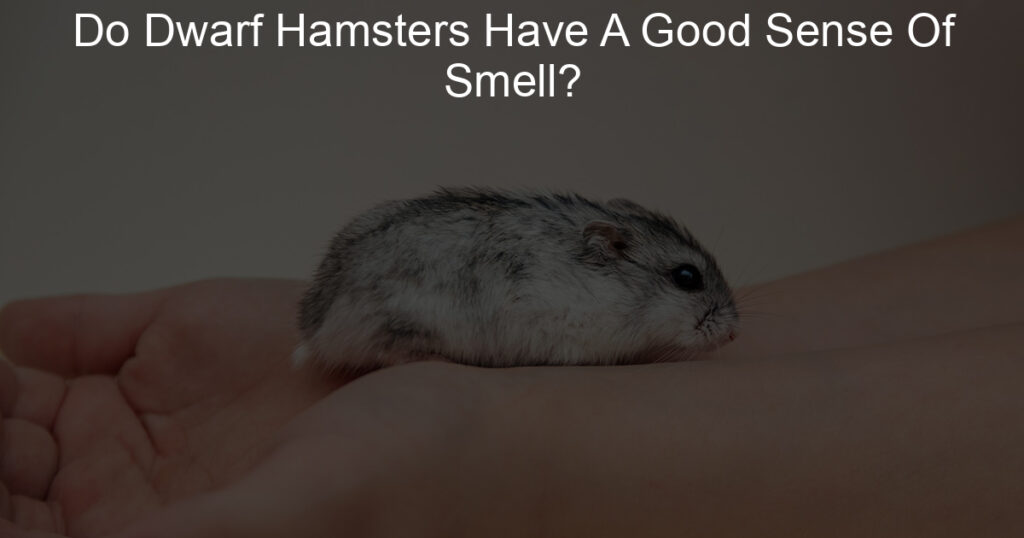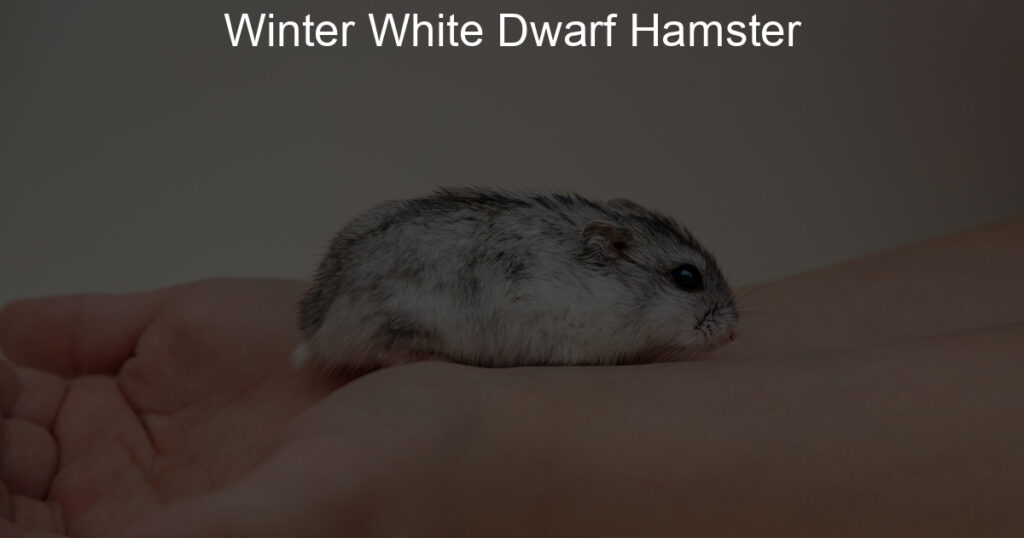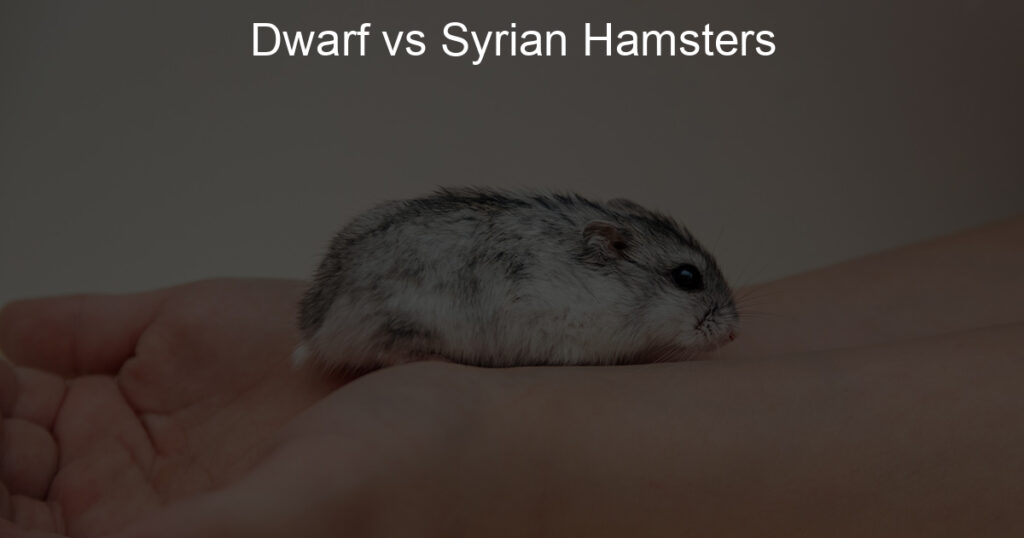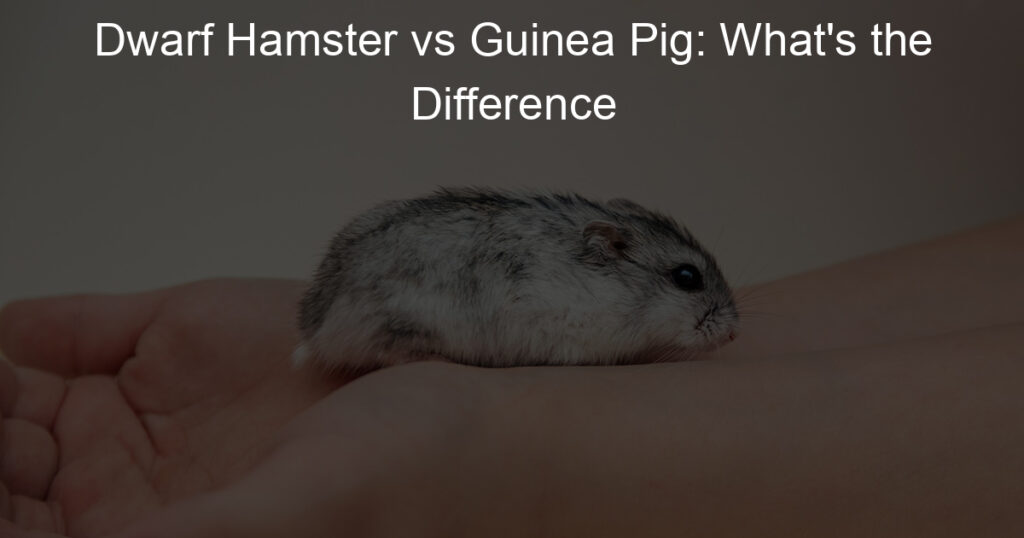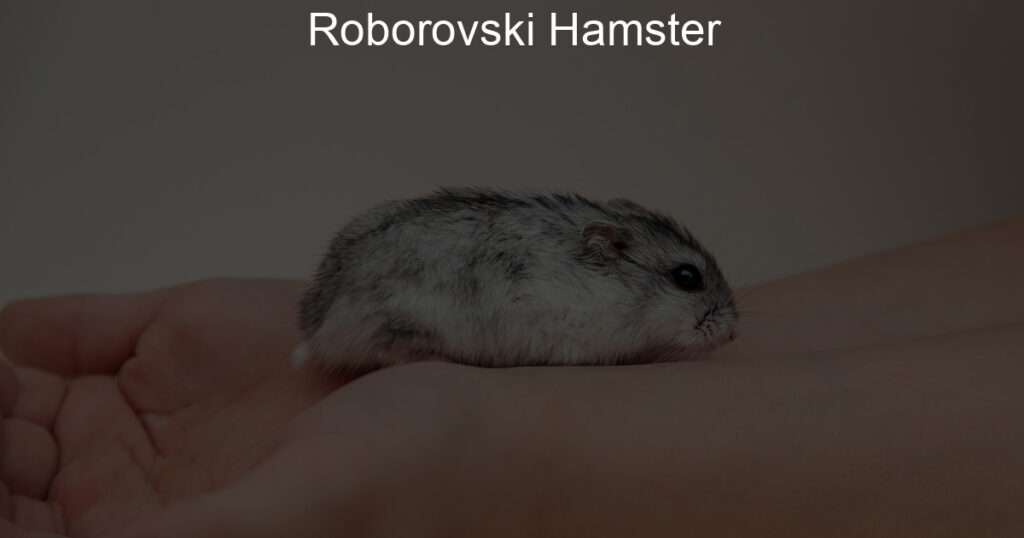Are you looking for the perfect pet to add some joy and life to your home? Look no further than a baby dwarf hamster! Not only are these cute little creatures incredibly fun and easy to take care of, but they can also bring lots of love and entertainment into your life.
Whether you’re an experienced or a first-time hamster owner, it’s important to know how best to care for this type of pet in order for them —and their owners—to be healthy and happy. We’ve created this comprehensive guide on baby dwarf hamster care so that anyone who wants one can get started on the right foot with their new furry friend.
What do you feed baby dwarf hamsters?
Baby dwarf hamsters have nutritional needs that are different from adults, so it is important to provide them with the right types of food. An ideal diet for young dwarf hamsters consists of a commercial pelleted hamster food that is nutritionally balanced and fortified with essential vitamins and minerals.
This should be supplemented with fresh fruits or vegetables, as well as occasional treats such as pre-soaked seeds, insects, or cooked proteins such as boiled eggs or tofu. It’s important to remember that if you feed your baby dwarf hamster too many treats he may become obese and experience health problems in the future, so it’s important not to overdo it!
When can you touch baby dwarf hamsters?
While baby dwarf hamsters are not available for adoption until they reach the age of 4-5 weeks, you may want to wait to touch them for a few more weeks. This is because all kinds of stress can be too much for baby dwarf hamsters, which can negatively impact their health and lead to irreversible damage.
By waiting at least 6-7 weeks, your new pet will have had time to adjust to its new environment and will be in better shape, both mentally and physically. Even when they’re ready to handle human contact, it’s best practice to only stroke baby dwarf hamsters lightly without rushing the process.
With patience and consideration given to their natural instincts, your little furball can eventually learn that you mean no harm!
How do you take care of a baby hamster without its mother?
Taking care of a baby hamster without its mother can be quite a difficult task, but with some preparation and knowledge, it can be a much easier process. Before handling the newborns, it is important to wait until they’re at least two weeks old and their eyes are open. Be sure the environment around them is warm enough – between 23-29°C – and always keep your hands clean before handling them.
Additionally, feed the baby ‘pinkies’ or small pieces of soft food such as boiled eggs and oatmeal, but feeding them should only take place three times per day in order to allow the kits to properly digest their meals. Establishing routine playtimes with toys within the cage will help stimulate their minds and build trust between the hamster and its owner.
Allowing the baby animal time for naptime is also an important factor in satisfying its needs. Most importantly, it’s essential to make sure you provide plenty of love so that your little companion can live a healthy life!
How long do baby hamsters need milk?
Baby hamsters need an adequate supply of their mother’s milk for the first five to six weeks of life in order to develop properly. The mother’s milk provides baby hamsters with essential nutrients, vitamins, and minerals that help them grow into strong and healthy adults. After these first five to six weeks, young hamsters should be introduced to a balanced diet that includes seeds, grains, fruits, and vegetables.
Hamsters are very capable of learning to self-feed and make great pets for any family that is willing to give them the love and attention they need.
Baby Dwarf Hamster
Baby dwarf hamsters are a popular pet choice for households of all sizes. They are relatively easy to take care of, require little space to live in and can provide plenty of entertainment with their playful attitudes. Not only do they enjoy playing in their cages, but they also love to explore outside of them when given the chance.
They are very friendly towards humans, so owners can even hold them in their hands for short periods of time which is a great activity for families with children to bond over. While it may seem hard to believe given their small size, baby dwarf hamsters can live up to three years or more with proper care and nutrition!
It’s A Wrap
After reviewing the care guide for baby dwarf hamsters, it’s clear that they need special attention to ensure they stay healthy and active. They require an ample amount of exercise, so it is important to provide plenty of space in their cage and supply them with safe chew toys or other items to interact with. Dietary needs should be balanced so make sure to provide their food in small amounts throughout the day.
Additionally, make sure you are providing them with optimal levels of humidity while also ensuring they are given regular baths and cleanings that meet their individual needs. Finally, always handle your little hamster with care and patience; they’ll more than likely give you lots of love in return! It’s not just a responsibility but a great opportunity to deepen your bond with your pet by owning a baby dwarf hamster!
By following these essential tips on how to properly care for baby dwarf hamsters, owners can ensure their pets have all the basics needed for a long healthy life together. So make sure to give your little furry friend all the love and nutrition it needs for many happy years ahead!
